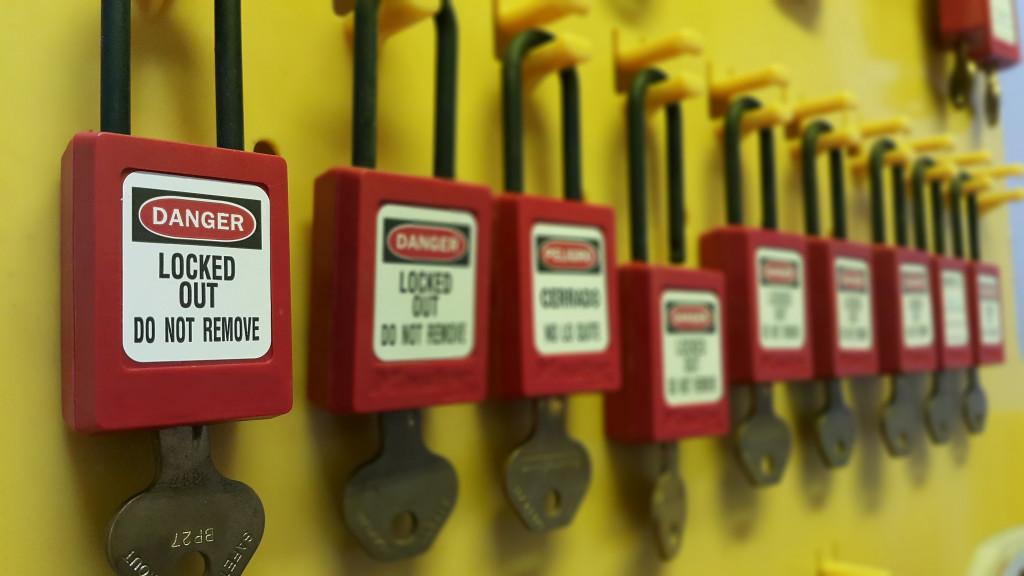- Open communication channels should be established to voice concerns or observations.
- When it comes to your workspace, carefully contemplate the ideal flooring solutions. Ensure optimal safety by investing in top-notch safety equipment and gear.
- Conduct regular risk assessments and implement robust safety protocols.
- Ensuring workplace safety hinges on the implementation of effective training and education.
In today’s fast-paced world, ensuring workplace safety is paramount for maintaining a productive and healthy work environment. Regardless of the industry or setting, prioritizing the well-being of employees not only fosters a culture of trust and camaraderie but also enhances overall efficiency and reduces accidents. This guide delves into five indispensable tips to help create a safer workplace, fostering an environment where employees feel secure, motivated, and valued.
1. Effective Training and Education
A cornerstone of workplace safety is providing thorough training and education to all employees. By investing in the education of your employees, you empower them to contribute actively to a safer workplace.
Here are some tips for effective training and education:
Customize Your Approach
Remember, each member of your team has a unique learning style. To ensure everyone can grasp and retain vital safety information, tailor your training methods to suit diverse learning needs.
Make Training a Regular Occurrence

Don’t limit safety education to orientation periods or sporadic sessions. Schedule regular training updates to keep safety procedures fresh in employees’ minds and introduce any new safety standards or equipment changes.
Encourage Employee Involvement
Invite your employees to participate in safety training actively. This could be posing questions, sharing experiences, or leading a training session. Their involvement enhances engagement and promotes a safety-conscious culture.
Evaluate and Refine Your Training Program
Continuously assess the effectiveness of your training program. Gather employee feedback, review safety records, and make necessary improvements. This ensures your program remains relevant and effective in promoting workplace safety.
2. Open Communication Channels
Promoting an environment where open communication is encouraged can significantly improve workplace safety. Employees should feel comfortable reporting safety concerns, near misses, or potential hazards without fear of reprisal. Establish multiple channels for reporting, such as anonymous suggestion boxes or digital platforms, where employees can voice their concerns or observations.
Regular safety meetings can serve as platforms for discussing safety issues, sharing experiences, and brainstorming solutions collaboratively. Additionally, encourage supervisors and managers to have one-on-one conversations with their team members about safety matters. This practice fosters trust and helps promptly identify and address safety gaps.
3. Consider Your Garage or Industrial Floors
The condition of your garage or industrial floor has a huge impact on workplace safety. Investing in top-notch safety equipment and gear can help reduce the risks posed by these surfaces, but many companies overlook the importance of maintaining them properly.
A professional garage floor sealer can also make all the difference in achieving optimal workplace safety. Not only does this product protect floors and increase their lifespan, but it also prevents slip and fall accidents. A well-sealed floor ensures optimal traction and stability for those walking or operating vehicles on the surface.
4. Comprehensive Safety Equipment

Invest in high-quality safety equipment and gear to create a secure work environment. Depending on your industry, this may include personal protective equipment (PPE) such as helmets, gloves, goggles, and respiratory masks. Ensure that employees receive proper training on how to wear and use these items correctly.
Regularly inspect and maintain safety equipment to ensure its effectiveness. For example, in industrial settings, machinery guards should be intact, fire extinguishers should be up to date, and safety harnesses should be inspected for wear and tear. Don’t forget to provide clear signage indicating safety protocols, hazardous zones, and emergency exits throughout the workplace.
5. Ongoing Risk Assessment
Workplace safety is not a one-time endeavor; it requires continuous vigilance and improvement. Conduct regular risk assessments to identify potential hazards and assess their severity. Involve employees in this process, as they can provide valuable insights from their firsthand experiences.
Develop and implement robust safety policies and protocols based on risk assessment findings. Regularly review and update these documents to reflect equipment, procedures, or regulations changes. Encourage employees to actively participate in safety initiatives by rewarding suggestions for improvement and recognizing individuals who consistently adhere to safety guidelines.
In Summary
Prioritizing workplace safety is not just a legal obligation but also a moral responsibility that contributes to the overall well-being of employees. You can create a safer, more productive, and happier work environment by following the five essential tips outlined in this article—effective training, open communication, ergonomic considerations, comprehensive safety equipment, and ongoing risk assessment. Remember, safety culture is cultivated over time, and every effort you make towards this end invests in your workforce’s health, satisfaction, and success.

